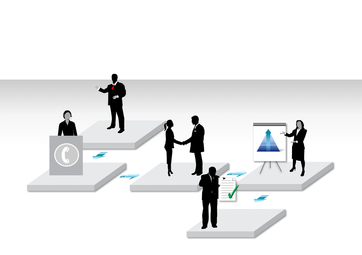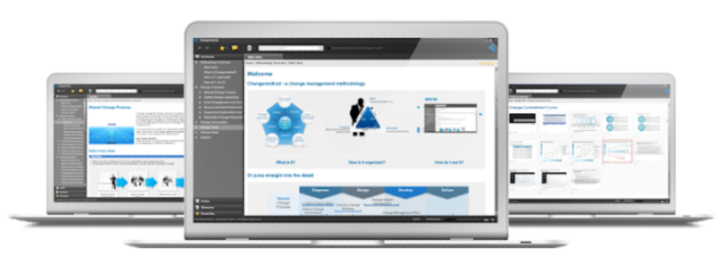Supportive Organization and Culture

Almost all change initiatives have some implication for the architecture of an organization, whether limited to reworking role descriptions following a process change or rolling out a whole new operating model to support the merger of two organizations
The processes contained within this best practice area define the implications of the change program for the organization structure, and aligns the organization to the future business processes. It is used as a framework in which specific roles, jobs and teams will be defined. It serves as a basis to define the transition approach to the new organization structure. Culture is simply the expression of the values of an organization, ‘the way we do things around here’, and as such can be the great, intangible ‘something’ that tips the balance of project into success or failure.
Key Change Question:
How should we arrange ourselves – our structure, processes and systems – to support the changed way of working? And what are the values, attitudes and behaviors we want to collectively embody?
Business Process Alignment
- Align changed business processes to business roles and – where there is a system element – end users

Benefit if used
Risk if ignored
Templates
Tools
- Ensure process, people and organization elements of the change are all ‘joined up’
- High risk of organizational disconnects and duplication after go-live
- Negative impact on productivity and / or service levels, benefits of change program not fully realized
- N/A
Prepare Organization Design
- Reconfigure organization structure in order to enable operational change
- Address formal and informal structures, internal processes and systems, relationships, people and knowledge

Benefit if used
Risk if ignored
Templates
Tools
- Ensure new organization structure supports overall strategic objectives of change program
- Provide effective framework for roles, jobs and teams to function
- Organization structure not aligned with future state processes
- Inefficient allocation of work activity
Implement Organization Design
- Describe activities required to transition from current to future job, team and organization structures

Benefit if used
Risk if ignored
Templates
Tools
- Facilitate smooth transitions of impacted stakeholders into new roles, jobs, and teams
- Major disruption to business as usual, change program benefits at risk
- N/A
Culture Change Analysis
Define core values, cultural characteristics and individual behaviors required to deliver the change strategy
- Key input into behavior change and change leadership development programs

Benefit if used
Risk if ignored
Templates
Tools
- Engage employees in determining what the future culture of the organization should look like, increaase buy-in
- Address critical success factor needed to bring change to life and deliver business benefits
- Existing cultural norms undermine adoption of change, uphill task to realize business benefits of change program
- Leaves legacy of ‘change doesn’t work here’, reduces change agility
Behavior Change Plan
Define specific behavioral changes to support the desired culture and overall business objectives of the program
- Develop behavior change scales, plan and implement behavior change interventions

Benefit if used
Risk if ignored
Templates
Tools
- Clarify level of behavior change required to deliver business benefits – and how best to use limited resources to achieve this
- Track where behavior is and isn’t working and adjust plans where necessary
- Change effort does not move from acceptance and commitment to behavior change
- Overall change program success at risk


